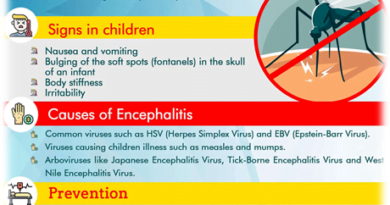Autism Spectrum Disorders (ASD)
Context:
Miss Jiya Rai, a 12 year old daughter of a Naval sailor Madan Rai, created history by swimming from Bandra-Worli Sea Link to Gateway of India, a distance of 36 Km in 08 hrs and 40 minutes on 17 Feb 21. She is a known case of Autism Spectrum Disorder (ASD) and dedicated the swimming feat to raise awareness about Autism.
About
- The autism spectrum encompasses a range of neurodevelopmental conditions, including autism and Asperger syndrome, generally known as autism spectrum disorders (ASD).
- Individuals on the autistic spectrum experience difficulties with social communication and interaction and also exhibit restricted, repetitive patterns of behavior, interests, or activities. Symptoms are typically recognized between one and two years of age in boys
- However, a lot of children are not finally diagnosed until they are older.
- Final diagnosis could still be given as an adolescent or even as an adult.
- The term “spectrum” refers to the variation in the type and severity of symptoms.
- Those in the mild range may function independently, while those with moderate to severe symptoms may require more substantial support in their daily lives.
- Long-term problems may include difficulties in performing daily tasks, creating and keeping relationships, and maintaining a job.
Causes
While specific causes of autism spectrum disorders have yet to be found, many risk factors identified in the research literature may contribute to their development. These risk factors include genetics, prenatal and perinatal factors, neuroanatomical abnormalities, and environmental factors. It is possible to identify general risk factors, but much more difficult to pinpoint specific factors. Given the current state of knowledge, prediction can only be of a global nature and therefore requires the use of general markers.
As of 2018, it appeared that somewhere between 74% and 93% of ASD risk is heritable. After an older child is diagnosed with ASD, 7–20% of subsequent children are likely to be as well. If parents have a child with ASD they have a 2% to 8% chance of having a second child with ASD. If the child with ASD is an identical twin the other will be affected 36 to 95 percent of the time. If they are fraternal twins the other will only be affected up to 31 percent of the time.
Signs and symptoms
- Autism spectrum disorder (ASD) is characterized by persistent challenges with social communication and social interaction, and by the presence of restricted, repetitive patterns of behavior, interests, or activities.
- These symptoms begin in early childhood, and can impact function.
- There is also a unique disorder called savant syndrome that can co-occur with autism.
- As many as one in 10 children with autism and savant syndrome can have outstanding skills in music, art, and mathematics. Self-injurious behavior (SIB) is more common and has been found to correlate with intellectual disability.
- Approximately 50% of those with ASD take part in some type of SIB (head-banging, self-biting).
- Other characteristics of ASD include restricted and repetitive behaviors (RRBs). These include a range of gestures and behaviors as defined in the Diagnostic and Statistic Manual for Mental Disorders.
Treatment
Treatment efforts are generally individualized and can include behavioral therapy and the teaching of coping skills. Medications may be used to try to help improve symptoms. Evidence to support the use of medications, however, is not very strong.
Source: PIB




